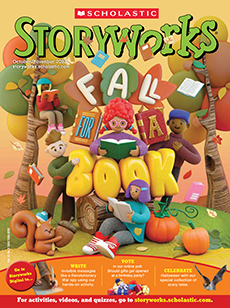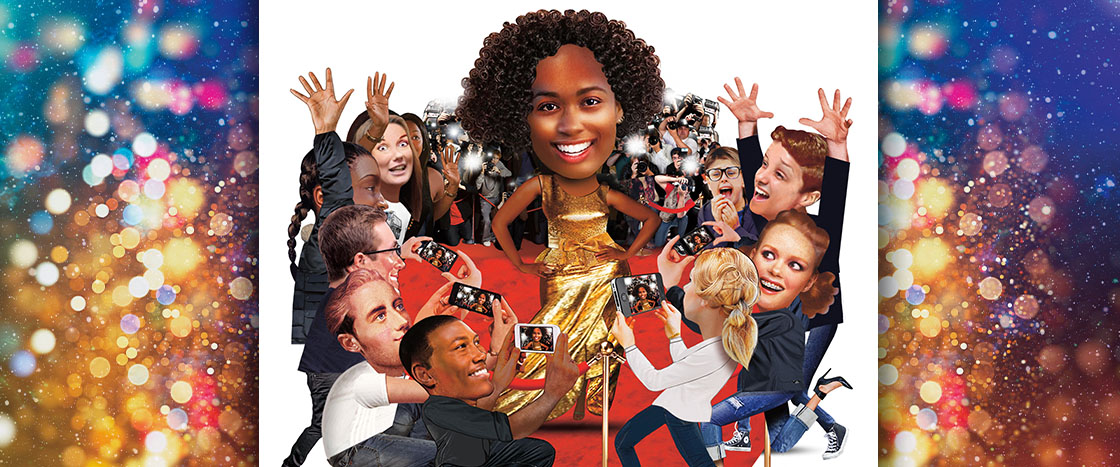Casey Flanigan/imageSPACE/Shutterstock
Only 0.011 percent of musicians become superstars like Taylor Swift.
It takes a lot of hard work, dedication, and luck!
Source: Chartmetric
Who wouldn’t want to be famous?
Just imagine trading lives with one of the world’s biggest stars, singer and musician Taylor Swift. Millions of adoring fans would flock to your sold-out concerts. Your fabulous homes (eight in total) would have breathtaking views of glittering skylines and golden beaches. Want
to go on vacation in Paris or Tokyo? You would hop on a private jet and just . . . go!
Sounds like a dream come true, right?
Who wouldn’t want to be famous?
Just imagine switching lives with one of the world’s biggest stars, singer and musician Taylor Swift.
Millions of fans would go to your concerts. Your eight fabulous homes would have amazing views of cities and beaches. Do you want to visit Paris or Tokyo? You would hop on a private plane and . . . go!
Sounds like a dream come true, right?


